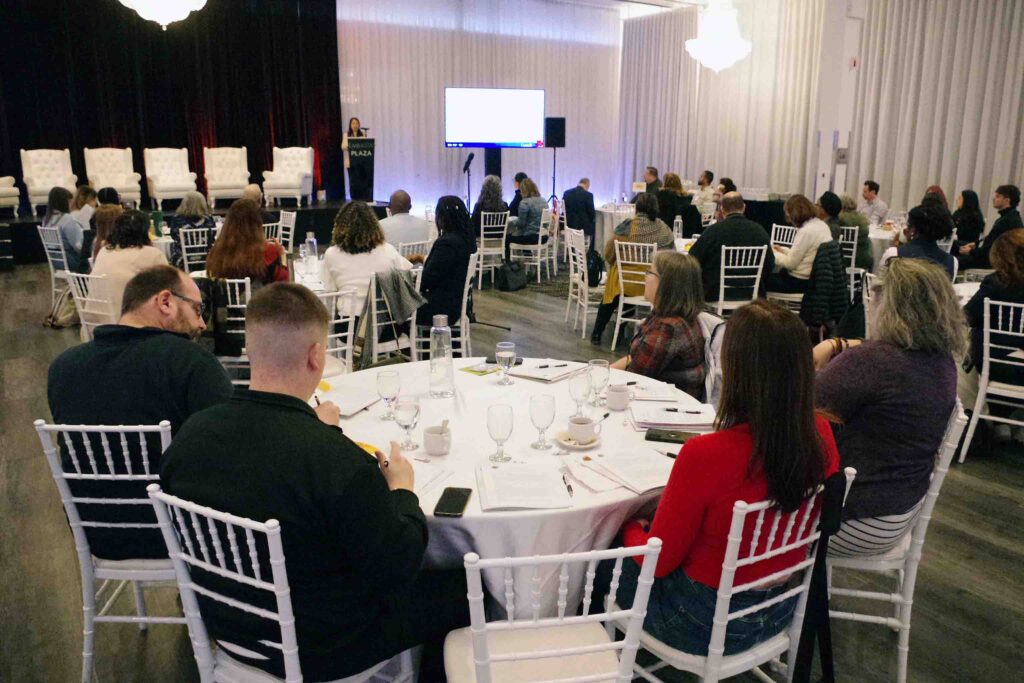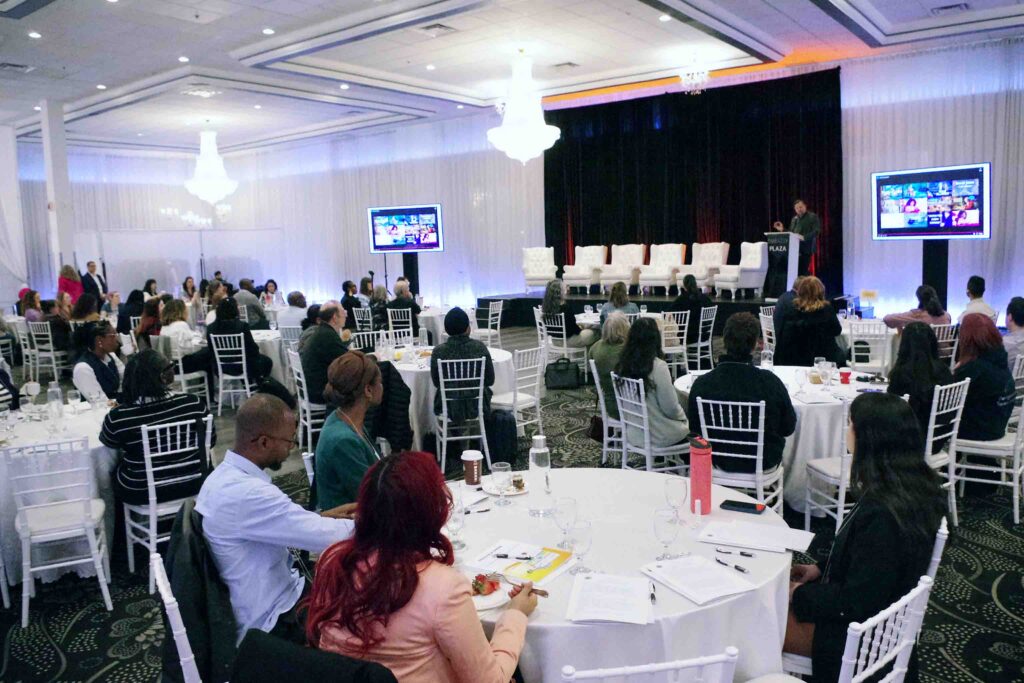Updated stats paint a portrait of local English-speaking community’s ongoing growth
As one of the Quebec regions experiencing some of the most rapid growth in English-speaking population, Laval is in need of improvements to its health and social services as well as the overall well-being of its English residents, according to the sponsors of an updated local socio-demographic report.

Vital data in report
The first report, released by the Youth and Parents Association in 2021, played a key role in providing vital data on the status of English speakers in Laval to the Laval Regional Access Committee.
The committee is affiliated with the Centre intégré de santé et de services sociaux de Laval (CISSS), and has a mandate to advise the CISSS on access issues, such as quality of service and user rights, with regard to health and social services in Laval.
Meaningful change sought
“While it is widely recognized that improvements are necessary to the provision of health and social services in the English language, meaningful change requires the commitment and collaboration of key stakeholders,” Kevin McLeod and Ian Williams, director and co-director of Agape respectively, wrote in a foreword to the updated report.
They said it was their hope that this latest report would assist the CISSS de Laval, and municipal, provincial and federal authorities, as well as representatives of community groups and educational institutions, to adapt their services “to better meet the needs and priorities of Laval’s English-speaking citizens.”

The report was released during an in-person conference hosted by Agape on March 28 at the Embassy Plaza conference centre in Laval. The day featured a range of informative sessions.
Morning and afternoon
These included an overview of Agape’s programs, a keynote presentation by retired CFL Hall of Famer and former Montreal Alouettes star quarterback Anthony Calvillo, and panel discussions with experts in their fields. A morning session focused on children and youth, while the afternoon centered on adults and seniors.
Among highlights in the report (based partly on the 2021 Canada Census): 104,530 English speakers (24.3 per cent) now live in Laval, whose population four years ago was 429,555, and since then has probably continued to grow.
The city districts with the highest proportion of English speakers are Chomedey (39 per cent), Ste-Dorothée (28.7 per cent), Vimont/Auteuil (21.4 per cent), Duvernay (18.7 per cent), Fabreville-Est/Sainte-Rose (17.4 per cent) and Pont-Viau (16.2 per cent).
Disadvantaged school kids
In a section breaking down statistics on Laval children aged 6-14, the report states that Souvenir Elementary School in Chomedey increased its low-income ranking from 6 to 7 (on a 10-point scale) between 2019 and 2022, meaning that its clientele is more disadvantaged than it used to be.
Regarding Laval youths aged 15-24, the report says Laval’s English-speaking youths are more likely to be unemployed as well as more likely to be recent immigrants. Concerning Laval seniors aged 65 and over, the report notes that nearly a third of English-speaking 65+ seniors in Laval are living on an income lower than $20,000 per year, compared to a fifth of French speakers.

Around one third of respondents in the report claimed they were refused access to English-speaking services in the 12 previous months. A majority reported getting most of their health and social services in Montreal, rather than Laval, due to the greater availability of services in English in the larger city.
A new focus on French
In a departure from the way Agape has done things in the past, the conference was conducted in French, rather than in English. In an interview with The Laval News, executive-director Kevin McLeod explained that this conference in particular was organized for the benefit of Agape’s French-speaking social services partners.
“Most of the partners that we work with are French speakers,” said McLeod, who is fluently bilingual. “What we’re trying to do is improve services for English speakers. But to do that, first you have to penetrate the door of the French-speaking community of health professionals, organizations and government representatives. These are the people we’re trying to get to.”



